Details of the Target
General Information of Target
| Target ID | LDTP05158 | |||||
|---|---|---|---|---|---|---|
| Target Name | Interferon-induced 35 kDa protein (IFI35) | |||||
| Gene Name | IFI35 | |||||
| Gene ID | 3430 | |||||
| Synonyms |
IFP35; Interferon-induced 35 kDa protein; IFP 35; Ifi-35 |
|||||
| 3D Structure | ||||||
| Sequence |
MSAPLDAALHALQEEQARLKMRLWDLQQLRKELGDSPKDKVPFSVPKIPLVFRGHTQQDP
EVPKSLVSNLRIHCPLLAGSALITFDDPKVAEQVLQQKEHTINMEECRLRVQVQPLELPM VTTIQMSSQLSGRRVLVTGFPASLRLSEEELLDKLEIFFGKTRNGGGDVDVRELLPGSVM LGFARDGVAQRLCQIGQFTVPLGGQQVPLRVSPYVNGEIQKAEIRSQPVPRSVLVLNIPD ILDGPELHDVLEIHFQKPTRGGGEVEALTVVPQGQQGLAVFTSESG |
|||||
| Target Bioclass |
Other
|
|||||
| Family |
NMI family
|
|||||
| Subcellular location |
Cytoplasm
|
|||||
| Function |
Acts as a signaling pathway regulator involved in innate immune system response. In response to interferon IFN-alpha, associates in a complex with signaling pathway regulator NMI to regulate immune response; the complex formation prevents proteasome-mediated degradation of IFI35 and correlates with IFI35 dephosphorylation. In complex with NMI, inhibits virus-triggered type I interferon/IFN-beta production. In complex with NMI, negatively regulates nuclear factor NF-kappa-B signaling by inhibiting the nuclear translocation, activation and transcription of the NF-kappa-B subunit p65/RELA, resulting in the inhibition of endothelial cell proliferation, migration and re-endothelialization of injured arteries. Beside its role as an intracellular signaling pathway regulator, also functions extracellularly as damage-associated molecular patterns (DAMPs) to promote inflammation when actively released by macrophage to the extracellular space during cell injury and pathogen invasion. Macrophage-secreted IFI35 activates NF-kappa-B signaling in adjacent macrophages through Toll-like receptor 4/TLR4 activation, thereby inducing NF-kappa-B translocation from the cytoplasm into the nucleus which promotes the release of pro-inflammatory cytokines.
|
|||||
| Uniprot ID | ||||||
| Ensemble ID | ||||||
| HGNC ID | ||||||
Probe(s) Labeling This Target
ABPP Probe
| Probe name | Structure | Binding Site(Ratio) | Interaction ID | Ref | |
|---|---|---|---|---|---|
|
DBIA Probe Info |
 |
C107(1.00); C195(2.34) | LDD3310 | [1] | |
|
5E-2FA Probe Info |
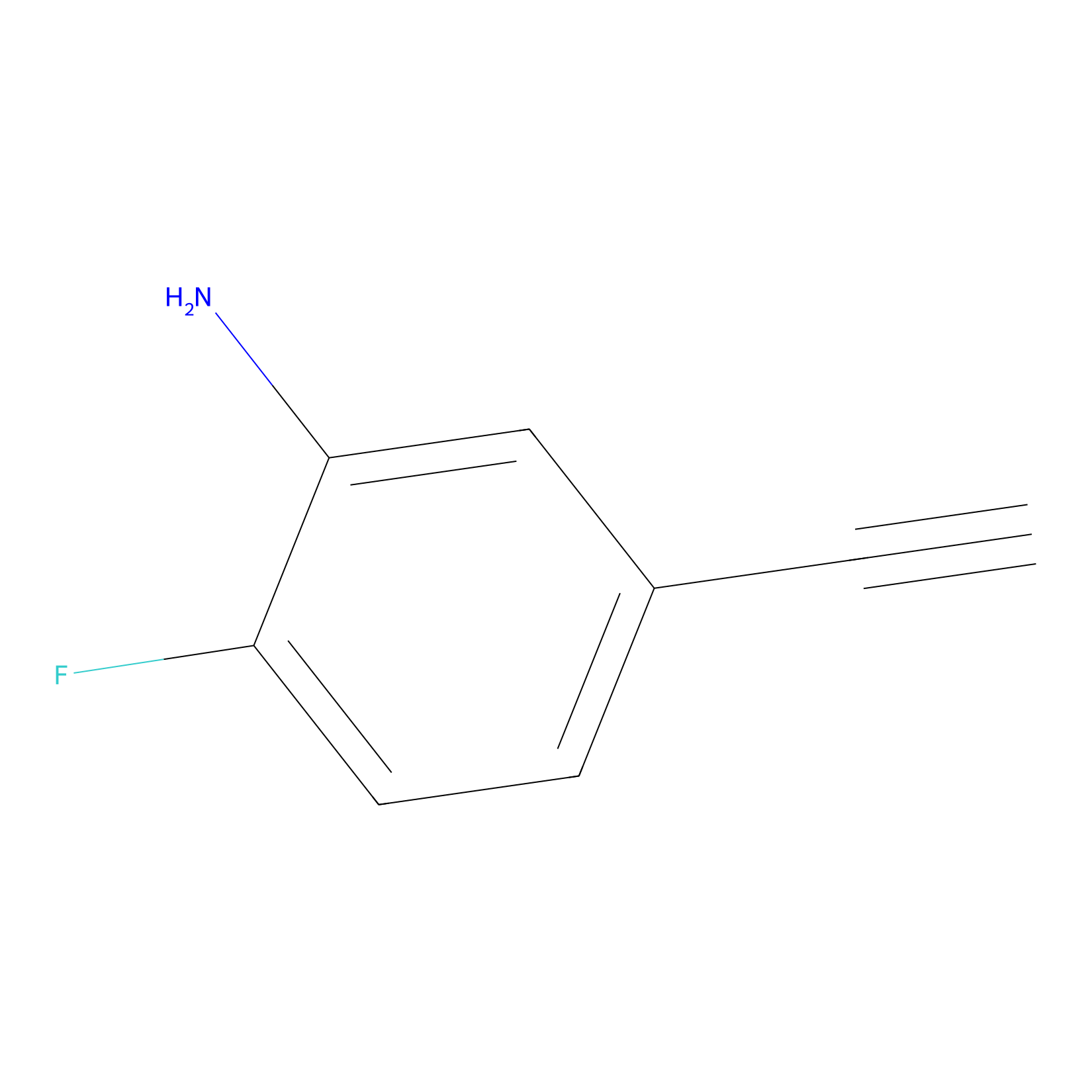 |
N.A. | LDD2235 | [2] | |
|
m-APA Probe Info |
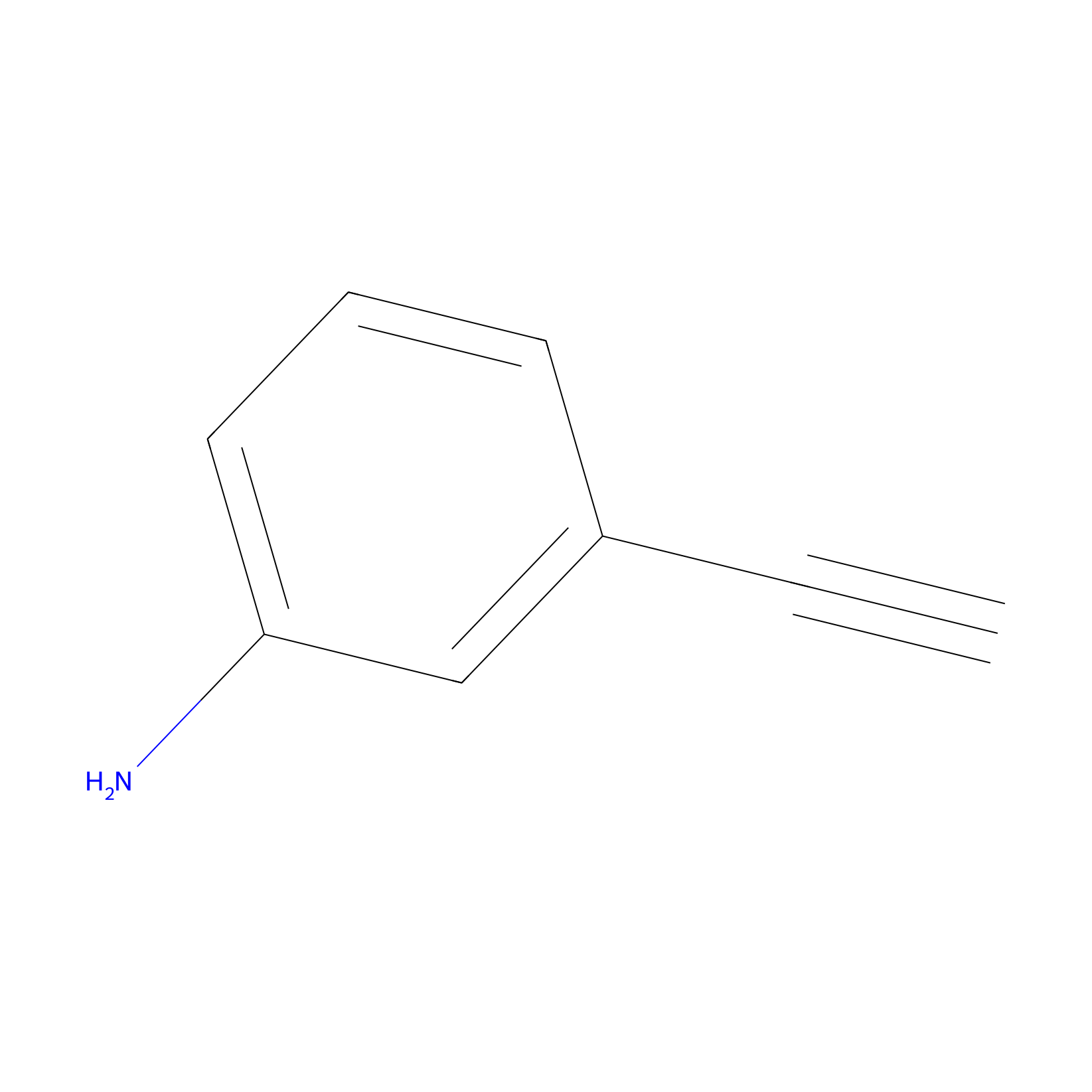 |
N.A. | LDD2231 | [2] | |
|
4-Iodoacetamidophenylacetylene Probe Info |
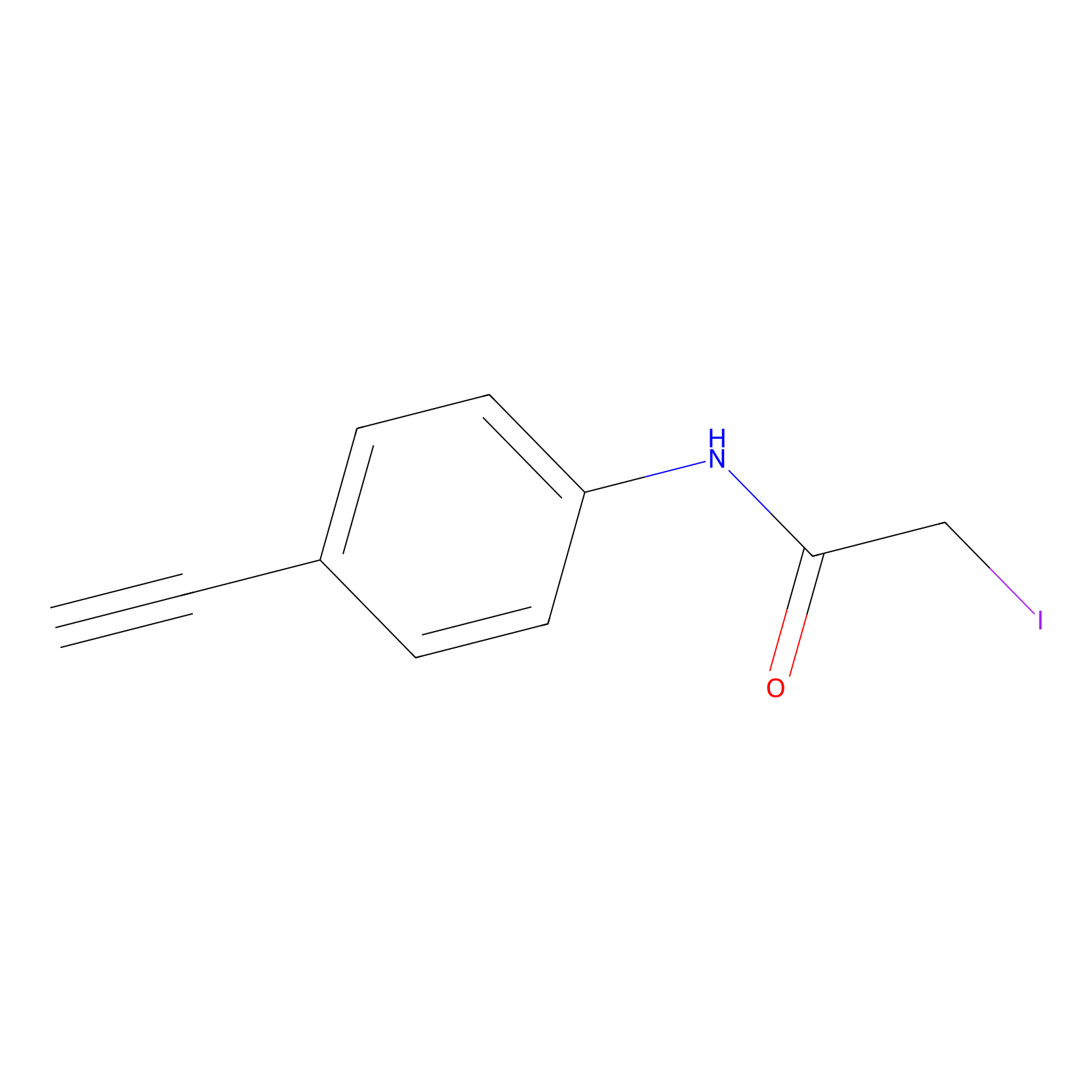 |
C74(0.00); C193(0.00); C107(0.00) | LDD0038 | [3] | |
|
IA-alkyne Probe Info |
 |
C107(0.00); C74(0.00); C193(0.00) | LDD0036 | [3] | |
|
Lodoacetamide azide Probe Info |
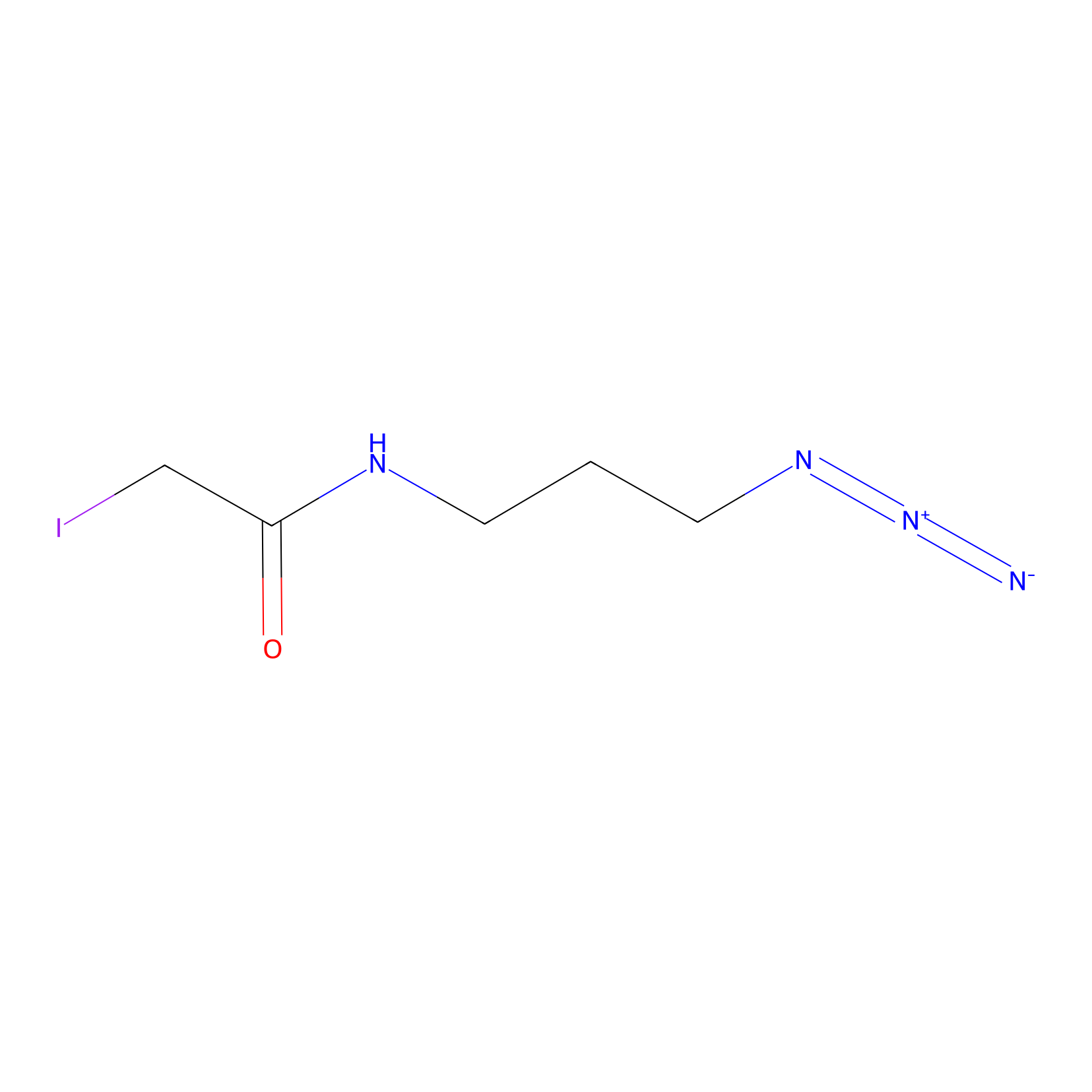 |
C107(0.00); C74(0.00); C193(0.00) | LDD0037 | [3] | |
|
Acrolein Probe Info |
 |
N.A. | LDD0217 | [4] | |
|
NAIA_5 Probe Info |
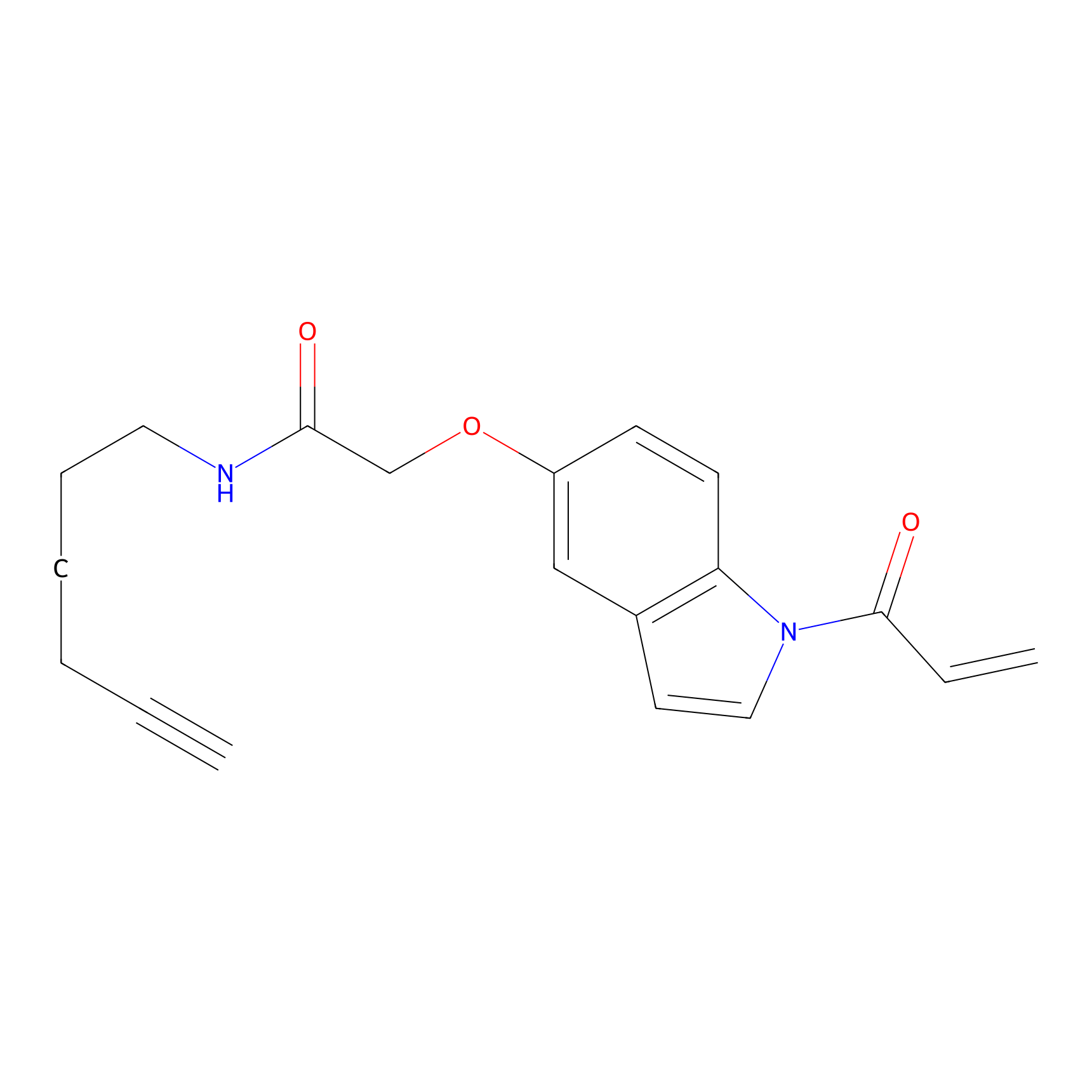 |
N.A. | LDD2223 | [5] | |
PAL-AfBPP Probe
| Probe name | Structure | Binding Site(Ratio) | Interaction ID | Ref | |
|---|---|---|---|---|---|
|
VE-P Probe Info |
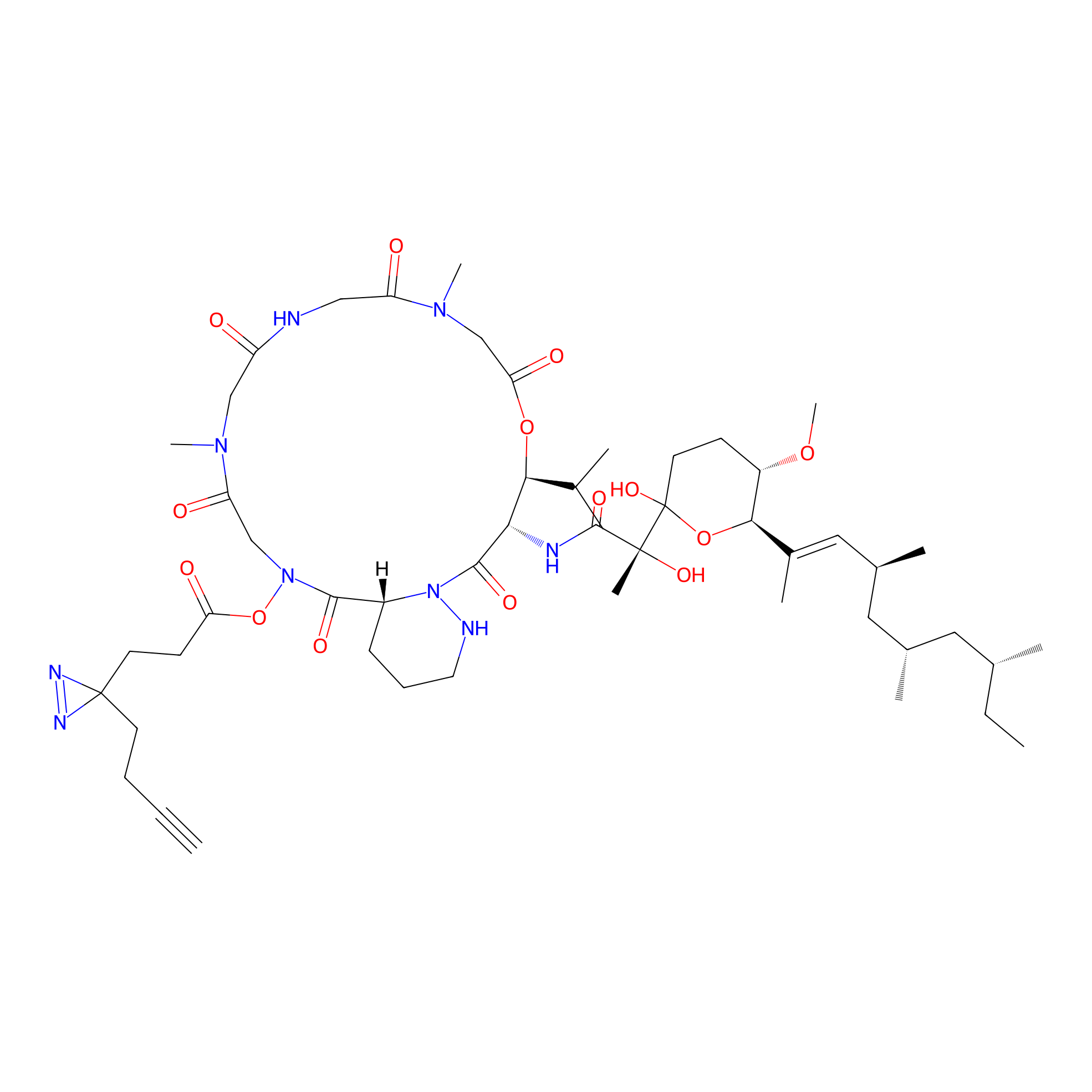 |
N.A. | LDD0396 | [6] | |
Competitor(s) Related to This Target
| Competitor ID | Name | Cell line | Binding Site(Ratio) | Interaction ID | Ref |
|---|---|---|---|---|---|
| LDCM0108 | Chloroacetamide | HeLa | N.A. | LDD0222 | [4] |
| LDCM0625 | F8 | Ramos | C107(1.63) | LDD2187 | [7] |
| LDCM0573 | Fragment11 | Ramos | C107(0.37) | LDD2190 | [7] |
| LDCM0576 | Fragment14 | Ramos | C107(0.69) | LDD2193 | [7] |
| LDCM0566 | Fragment4 | Ramos | C107(0.88) | LDD2184 | [7] |
| LDCM0569 | Fragment7 | Ramos | C107(0.66) | LDD2186 | [7] |
| LDCM0107 | IAA | HeLa | N.A. | LDD0221 | [4] |
| LDCM0022 | KB02 | Ramos | C107(0.72) | LDD2182 | [7] |
| LDCM0023 | KB03 | Ramos | C107(0.84) | LDD2183 | [7] |
| LDCM0024 | KB05 | COLO792 | C107(1.00); C195(2.34) | LDD3310 | [1] |
| LDCM0109 | NEM | HeLa | N.A. | LDD0224 | [4] |
The Interaction Atlas With This Target
The Protein(s) Related To This Target
Enzyme
Transporter and channel
| Protein name | Family | Uniprot ID | |||
|---|---|---|---|---|---|
| Nucleoporin p58/p45 (NUP58) | NUP58 family | Q9BVL2 | |||
| Alpha-synuclein (SNCA) | Synuclein family | P37840 | |||
Transcription factor
| Protein name | Family | Uniprot ID | |||
|---|---|---|---|---|---|
| Krueppel-like factor 11 (KLF11) | Sp1 C2H2-type zinc-finger protein family | O14901 | |||
Other
References
